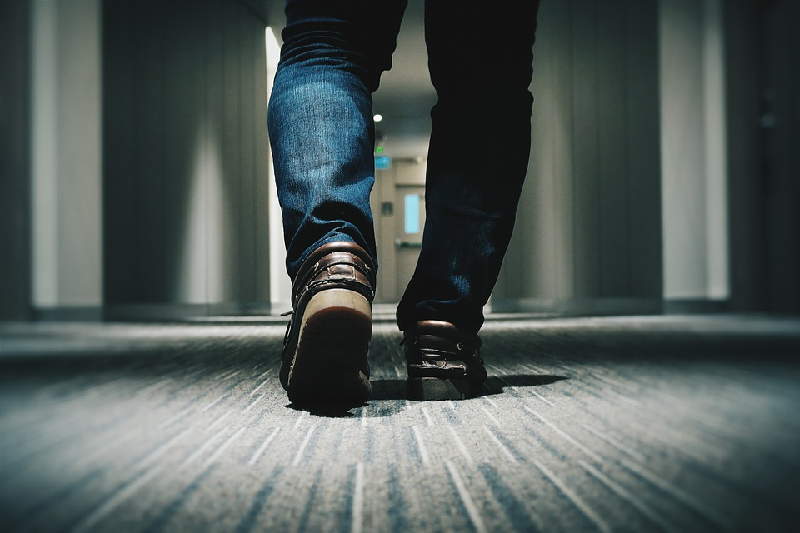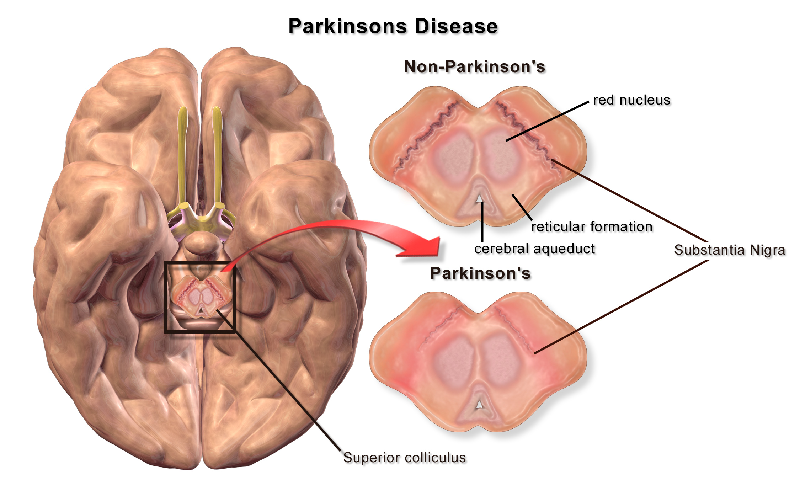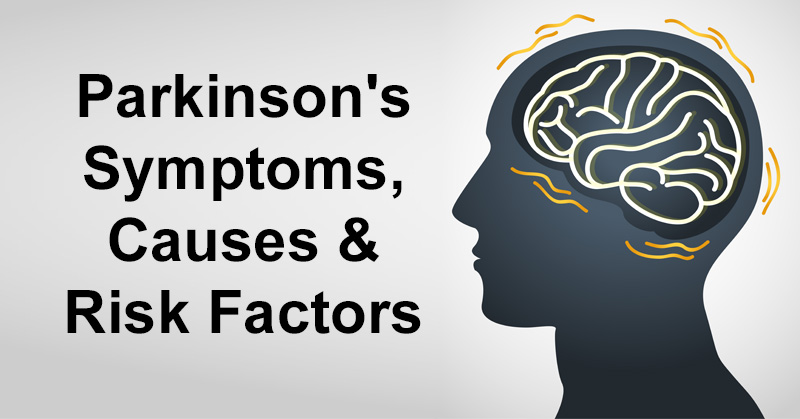Parkinson’s disease, a progressive nervous system disorder, affects how a person moves. Stiffness and hand tremors are among the first Parkinson’s disease symptoms. Parkinson’s symptoms can also includes a distinctive walk that sometimes appears in more progressed cases of the disease. Risk factors for Parkinson’s vary and include age, gender, and genetics, to name a few. While there isn’t a cure, there are Parkinson’s disease treatment methods, including medications and possible lifestyle changes. (1)
Parkinson’s Disease Treatments

There is a variety of treatments to help manage Parkinson’s symptoms. A doctor might prescribe medications for Parkinson’s disease treatment. However, many of these medications come with a long list of side effects. Another one of the common Parkinson’s disease treatment methods is aerobic exercise. Additionally, speech-language pathologist can help improve speech problems as part of a Parkinson’s disease treatment plan. (2)
Parkinson’s disease symptoms include the following: (3)
1. Tremors
Parkinson’s disease causes, or can cause, trembling in fingers, hands, arms, feet, legs, jaw, as well as the head. These tremors occur the most while the individual is resting, and not when involved in a task. However, tremors may become worse when the patient is tired, excited or nervous. Mucuna is particularly helpful here.
2. Rigidity
Additionally, Parkinson’s disease causes stiffness of the limbs and trunk. This rigidity may increase with movement. Furthermore, it may produce muscle aches and pain. Loss of fine hand movements might lead to cramped handwriting, or what’s known as micrographia. It may also make eating difficult.
3. Bradykinesia
Slowness of voluntary movement, or Bradykinesia, is also one of the common Parkinson’s disease symptoms. As time passes, it may become harder to initiate and complete a movement. Bradykinesia, in conjunction with stiffness, can affect the facial muscles. This results in an expressionless, mask-like appearance.
4. Postural Instability
Impaired or lost reflexes, common Parkinson’s symptoms, can make it difficult to change posture to maintain balance. Furthermore, postural instability may lead to falls.
5. Parkinson’s Gait

This one of the distinctive Parkinson’s disease symptoms, and it develops in more progressive cases of the disease. It’s a shuffling walk, coupled with a stooped position and reduced or absent arm swing. Furthermore, it may become increasingly difficult to start walking and to make turns. Patients who suffer from this disease may freeze mid-stride and appear as though they are falling forward while walking.

Parkinson’s Disease Causes
Parkinson’s disease is primarily caused by low and falling dopamine levels, brought on by the deaths of cells that generate dopamine. (4) Dopamine is important for sending messages to the part of the brain that controls movement and coordination. When dopamine levels are too low, people find it harder to get things done, to control their movements. These dopamine levels progressively drop in individuals with Parkinson’s disease, as such, their symptoms become more severe overtime.
Risk factors of Parkinson’s disease include: (5)
- Age: As you get older, you are at a greater risk for developing Parkinson’s disease. While younger people can develop it as well, it’s rare.
- Genetics: If you have a close relative, such as a brother, sister, or parent who has Parkinson’s disease, you have a slightly higher risk of developing it as well. This risk, however, is small.
- Gender: Males, rather than females, are slightly more likely to develop Parkinson’s disease.
- Toxin exposure: Those who have been exposed to certain chemicals, such as carbon monoxide, herbicides or pesticides, have somewhat of a higher risk of developing Parkinson’s disease.
- Certain medications: For example, antipsychotics, which are used to treat severe paranoia and schizophrenia, can cause symptoms that are or may be indicative of Parkinson’s disease.


